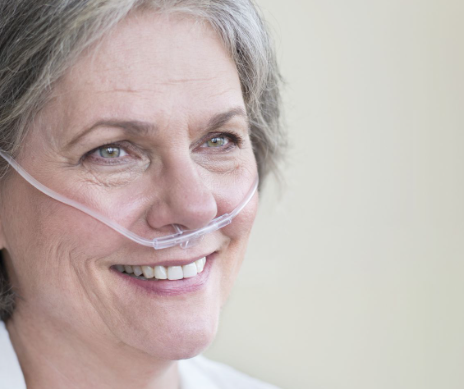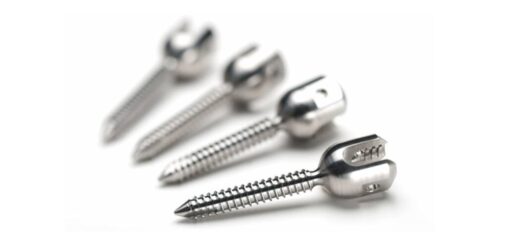What is Oxygen Therapy?
Oxygen therapy is a type of medical therapy used if a person consistently has low blood oxygen levels. Oxygen may be delivered in a hospital or other care setting and also at home. The types of oxygen therapy delivered at home are Long Term Oxygen Therapy (LTOT), Ambulatory (or portable) Oxygen Therapy (AOT) and Palliative Oxygen Therapy (POT), which is used in end-of-life care.
Who needs oxygen therapy?
Oxygen therapy is used in a variety of lung conditions, including chronic obstructive pulmonary disease (COPD), pulmonary fibrosis, pneumonia, asthma, cystic fibrosis and sleep apnoea. Individual needs will determine the amount of oxygen required and over what period of time.
Oxygen in healthcare settings is considered to be a medicine, as noted by the Care Quality Commission. As with any medicine, safe handling of medication is crucial and oxygen (being highly flammable) must be treated with care.
Health and care professionals should therefore be trained in its safe use. Training providers like https://www.tidaltraining.co.uk/health-and-social-care-courses/safe-handling-of-medication-training cover the use of oxygen in their safe handling of medication training modules.
How is oxygen therapy delivered?
There are several devices used to deliver oxygen and the equipment provided will depend on individual circumstances. Oxygen is often delivered through nasal prongs (nasal cannula) or a face mask. Equipment can attach to other medical devices such as continuous positive airway pressure (CPAP) machines and ventilators.
The oxygen is provided in 3 main types of containers. Oxygen concentrators are often provided to individuals who need to use it for most or all of the day, as they can deliver large amounts. Large oxygen cylinders are useful for those who need it only for short periods, or just occasionally. Small portable cylinders can be used to help people get out and about where appropriate.















